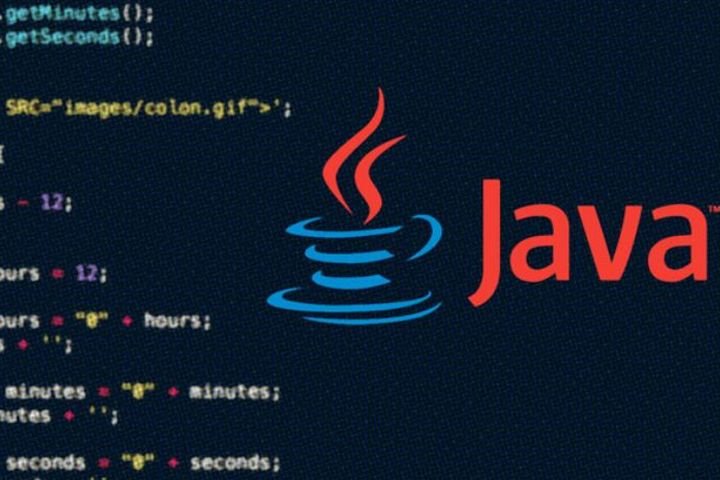One of the biggest perks of the Java language is the robustness of its app code. While C uses explicit pointers for referencing memory, all Java object references are implicit pointers that could not be manipulated by app code. This automatically rules out possible issues, like memory access violations, that inevitably could cause an app to stop suddenly. Although migrating apps written in C to a new platform could be time-consuming and expensive, as well as error-prone, another benefit of Java is that it runs anywhere after it’s written. If the APIs used by the app stay unchanged, it’s only a matter of redeploying the existing JAR files class. A simple recompile is enough to move to a newer Java version.
Top reasons why Java will remain in IoT
IoT apps made with Java are very important and will continue to be in the long run. The following are reasons why Java would stay relevant in the future:
It’s mature and continues to evolve. Java is currently one of the most stable and mature programming languages around. Every new version comes with various new features and improved performance. For instance, some well-known Java applications support functional and concurrent programming.
It has robust security features. The security features of Java make it easier for programmers to develop big and enterprise apps. The Java virtual machine (JVM) evaluates intermediate bytecode to prevent the app from doing unsafe operations. Developers can use its advanced security management features to prevent untrusted bytecode from accessing certain APIs and features by running them in a sandboxed scenario. At the same time, developers could also benefit from the robust security APIs provided by the platform, which together with user authentication and secure communication protocols can help developers trust Java more than other languages.
It supports IoT. Currently, Java is one of the programming languages that support IoT. Project Jigsaw aims to make Java run on a bigger variety of portable and small devices. Nevertheless, the project still aims to maintain the scalability of Java, as well as networking, security, performance and other features, while making it run on these newer and smaller devices.
It is platform independent. Programmers today have to write apps by targeting a lot of devices and platforms. Thus, they seek a programming language that lets them write the app code once and deploys it across several platforms with no need to put in extra effort. Programmers could simply compile Java code into bytecode and deploy the bytecode across a lot of platforms without having to compile code again.
Java benefits the internet of things
The advantages of Java are well-known. Developers can build and debug code on their desktop and move it to any chip using a JVM. This means that the code can not only run in places where JVMs are common, such as on smartphones and servers, but also on the smallest machines as well. Java Micro Edition (ME) has been available on small phones as well as other embedded devices since the specification was approved in 2000. It saved space with a limited collection of class libraries, as well as other tools. Nowadays, most of the focus is on Java SE Embedded, which is much closer in capacity to the Standard Edition. Developers could use the current features of Java 8 and move their code to a smaller, embedded device. Most of the computing resource savings with Java comes from stripping out the classes required for displaying information when machines could be configured to run headless without a keyboard or monitor. All communication goes via the network.
Why Java is required for IoT
Java provides network portability. It’s also easy for developers to learn. These two aspects come together to make Java the perfect program to help devices connect with one another. Almost all devices, from personal computers to mobile phones, use Java. It is also an integral part of the internet world, making it a great choice for IoT. Java provides every device the best functionality level, high security levels and a good amount of scalability in the industry. Moreover, the fact that Java has a big ecosystem makes it much more suitable for the internet of everything. Senior Java developers can create innovative apps to help achieve the goal of a connected world.
When people consider writing an embedded app, there are many factors that should be taken into account, such as which real-time operating system and protocols to use. When Java ME is used, it will abstract all the factors, making it easier to write apps that run on different devices without any call for change anywhere.
As a platform, Java is a great starting point for the internet of things when it comes to ubiquity as well as built-in security and encryption technology.
This article is shared by www.itechscripts.com | A leading resource of inspired clone scripts. It offers hundreds of popular scripts that are used by thousands of small and medium enterprises.









